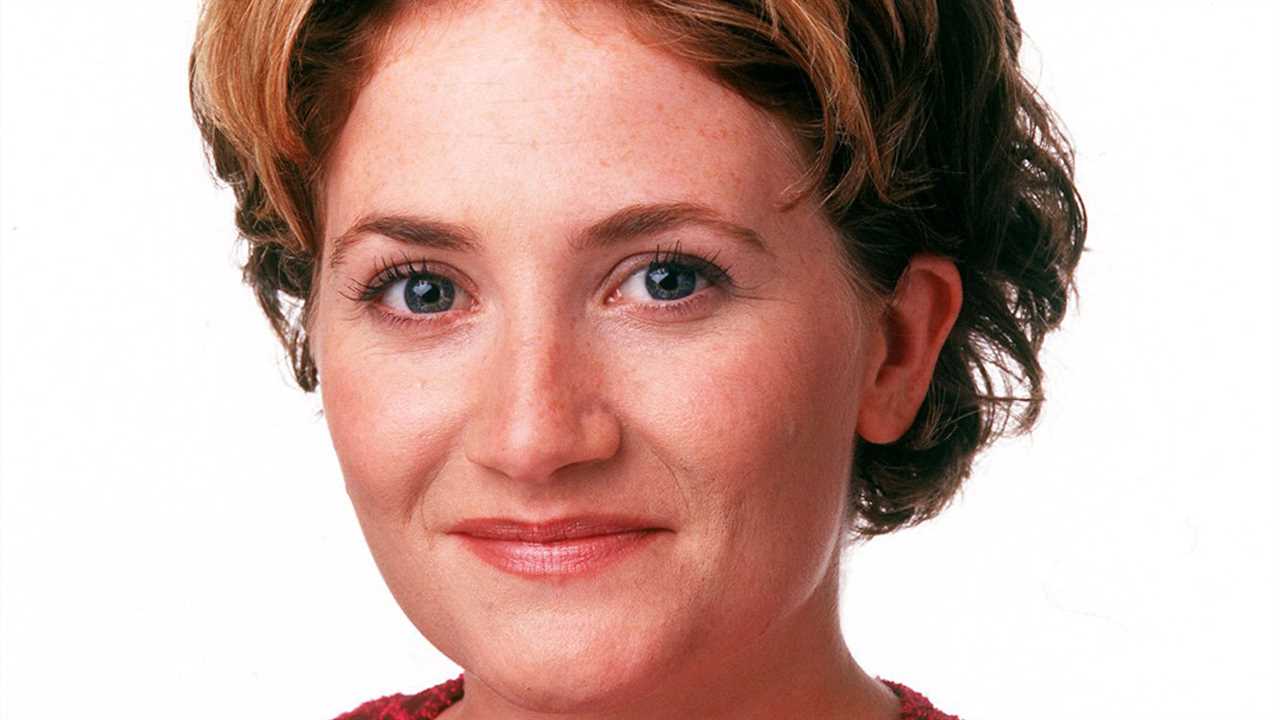CANCER patients should be prescribed fitness classes and workouts to boost their survival, doctors say.
Patients should try to do both muscle strengthening work and cardio exercises such as swimming – and even simple chores like gardening or carrying heavy shopping could improve health.

Regular exercise toughens people up, stops them feeling as tired and slashes hospital stays after surgery.
Scientists at the American Society of Clinical Oncology said: “Exercise during active treatment has clear benefits for patients with cancer and oncologists should recommend it.”
Their research found breaking a sweat is proven to help people with common breast, prostate, lung and bowel cancers to bounce back.
A University of Texas study added that people with cancer exercise twice as much if their doctor advises them to – and they stay healthier and happier after treatment.
Read more on cancer
Lead author Dr Scherezade Mama, said: “There are loads of benefits.
“Being regularly active reduces your risk of cancer recurrence and of developing illnesses like heart disease and diabetes.
“Physical activity also helps reduce symptoms during cancer, including fatigue, pain and anxiety.”
Keeping fit strengthens the immune system and boosts heart and lung function, reducing the risk of deadly complications or infections.
A separate study by Yale University found women with breast cancer are more likely to get through gruelling chemo if they exercise.
Dr Tara Sanft said: “Women who made the biggest changes in their diet and physical activity were significantly more likely to complete chemotherapy.
“They had fewer dose reductions and delays.”
The NHS encourages cancer patients to be active but experts say doctors should push the message harder.
Read More on Trending In The News
June Davies, from Macmillan Cancer Support, said: “Pre-habilitation and staying active can make huge long and short term improvements to a patient’s health and wellbeing.
“Despite its benefits, this holistic care isn’t currently routinely available and is limited by capacity and funding challenges across the NHS.”










